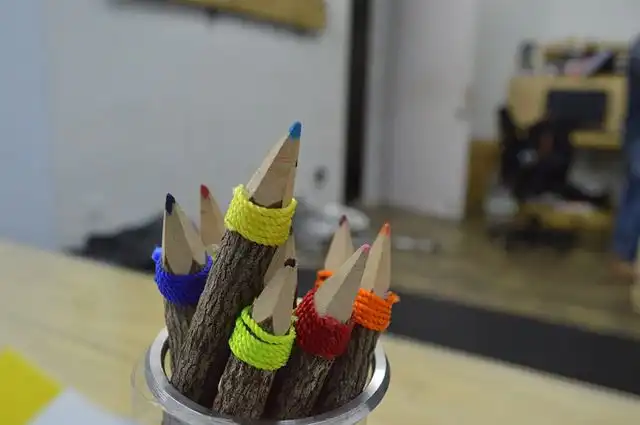An outline of your goals and plans for the future.
The patterns of your life, the image shown being your conception of what you have built thus far, or that which you hope to build.
Directional guidance for knowing how to proceed with a specific project or concern. Look to the rest of the dream for details that delineate this further, like any symbol key that appears on the blueprints.

